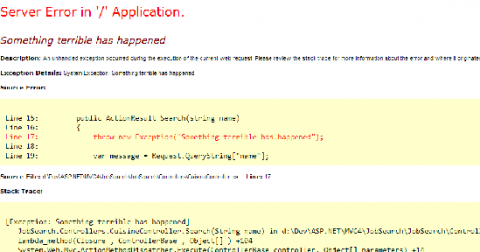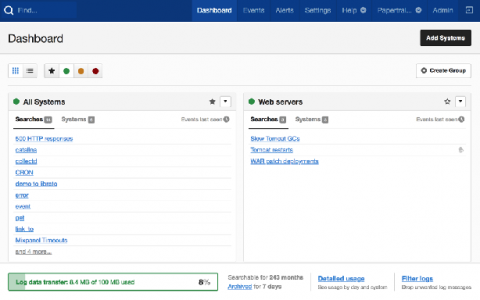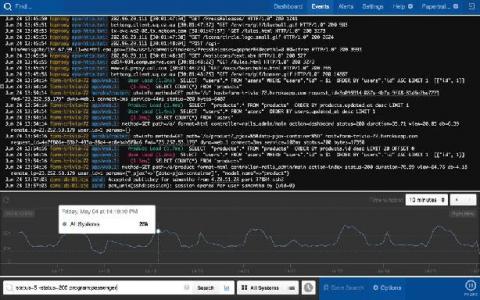How to Extract Actionable Intelligence With C# Logging
When applications are deployed in the production environment, developers expect them to work smoothly without any performance issues. However, applications often experience unexpected bottlenecks, making it crucial to monitor applications. One of the simplest ways to monitor a C# application is to emit, save, and index log data for search, analysis, and troubleshooting. We’ll discuss how you can monitor your applications while making the most of C# logging.







